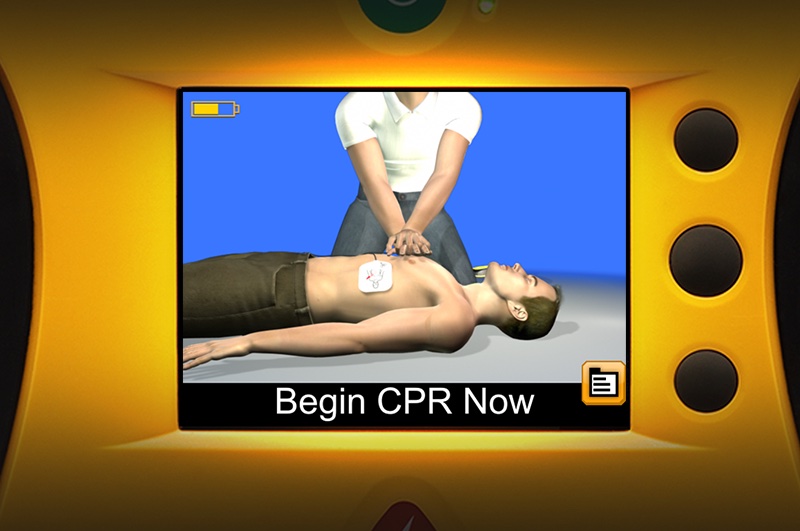How do you effectively perform CPR?
June 21, 2022

According to the
American Heart Association immediate CPR can double or triple chances of survival after sudden cardiac arrest. CPR combined with the quick use of an AED can provide the absolute best chance of survival for a cardiac arrest victim.
CPR is comprised of two steps: giving chest compressions and giving breaths. Chest compressions are the most important part of CPR and we are going to focus on them here. If you are not in a position where you are comfortable giving breaths, you can provide “hands only CPR” to save a life. Hands only CPR means you are performing chest compressions only.
Performing CPR
To perform CPR, you want to be kneeling very close to the side of the person. Ideally, the person is laying on their back, on a HARD, FLAT surface. You put one knee at their shoulder and one at their waste. It is important to be up, over the person’s body. CPR can get very tiring, very quickly so you want to use your body weight to help you push down when performing chest compressions.
Place the palm of one hand right in the center of the chest, on the breastbone. Interlock your other hand on top of your first hand. Keep your elbows locked in and push down hard and fast on the center of the chest. According to the American Heart Association, you want to go at a rate of 100-120 compressions per minute. You want to go at a depth of at least 2 inches but no more than 2.4 inches.
When performing hands only CPR, don’t stop until either an AED arrives or until the ambulance arrives.
5 Essentials Steps To Performing CPR
Here are the 5 crucial steps for high quality CPR according to the American Heart Association:
- Minimize interruptions in chest compressions
- Provide compressions of adequate rate and depth
- Avoid leaning on the victim between compressions
- Ensure proper hand placement
- Avoid excessive ventilation
Providing CPR can be tiring. The more tired someone gets, the less effective their compressions will become. Therefore, if other trained responders are around, switch with them at least every two minutes to keep the compressions as effective as possible!
Many bystanders think the only option is to wait for EMS to arrive and assist the person, but every moment is crucial. CPR should be administered as soon as possible by whoever is around and capable.
Be Prepared & Help Save Lives From SCA
It is crucial to begin CPR immediately! Don’t be afraid, just be prepared.
To learn more about Defibtech and to join us on our quest to save lives from sudden cardiac arrest, visit
www.Defibtech.com.
Sources:
https://www.aed.com/blog/immediately-performing-cpr-is-crucial-this-is-why/
https://cpr.heart.org/en/resources/what-is-cpr
